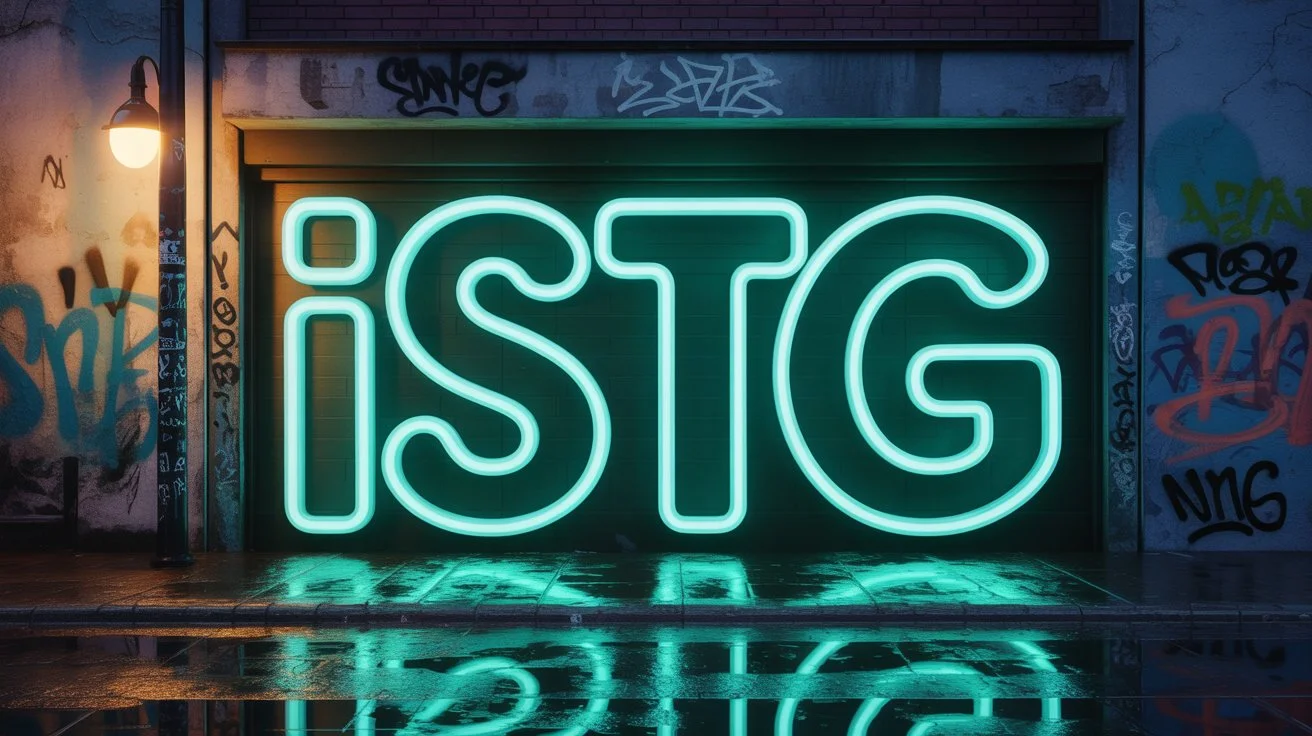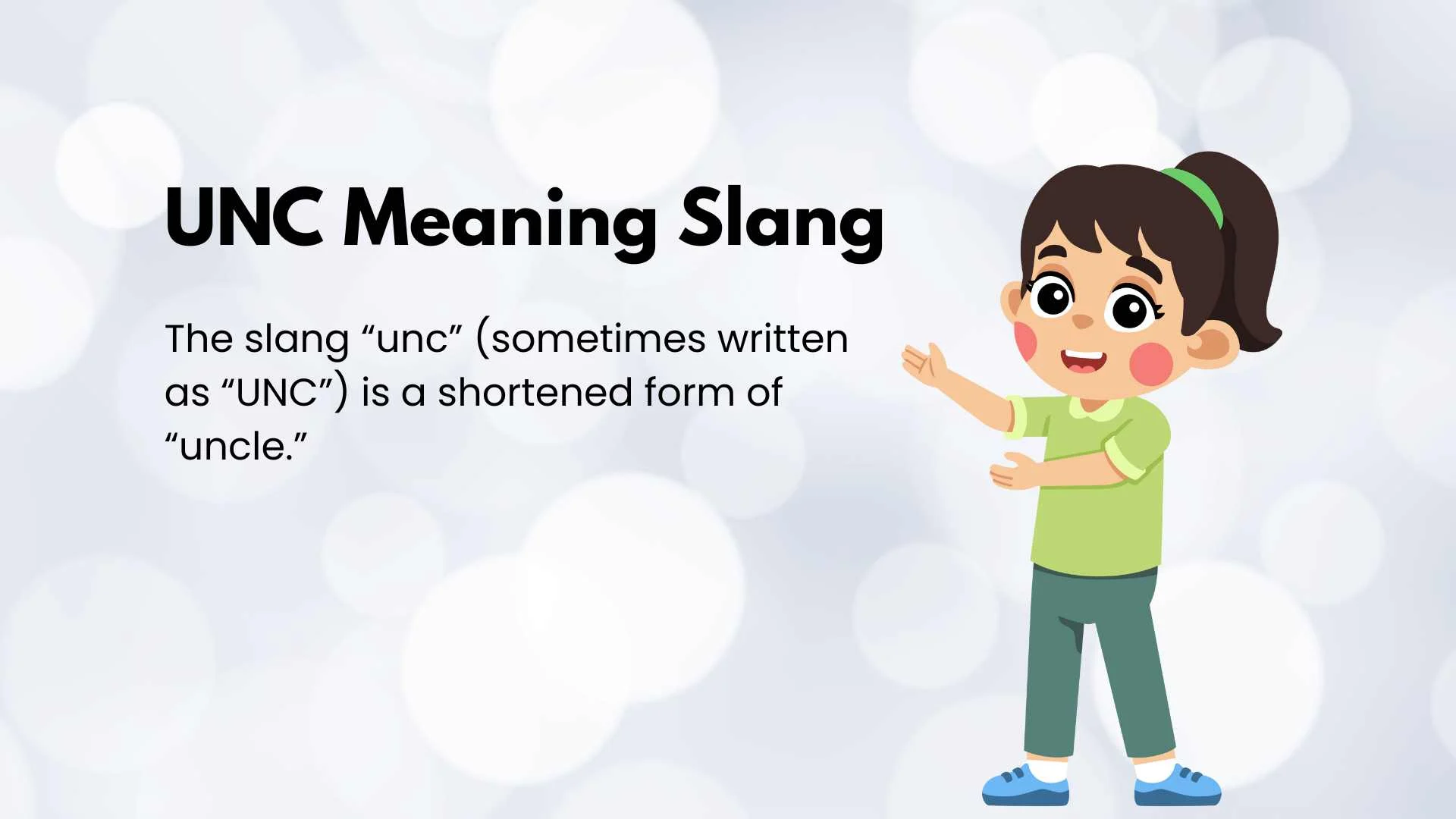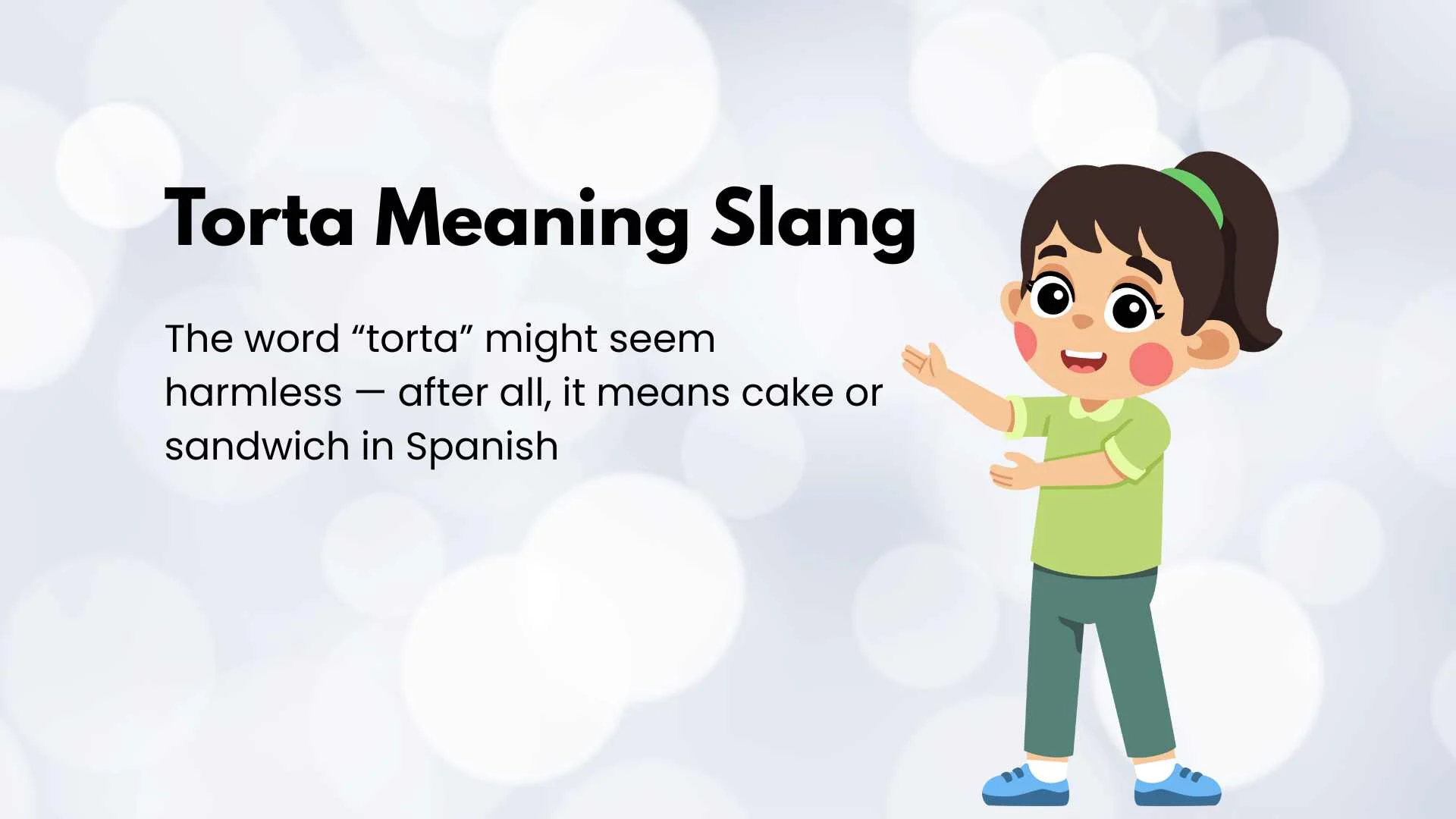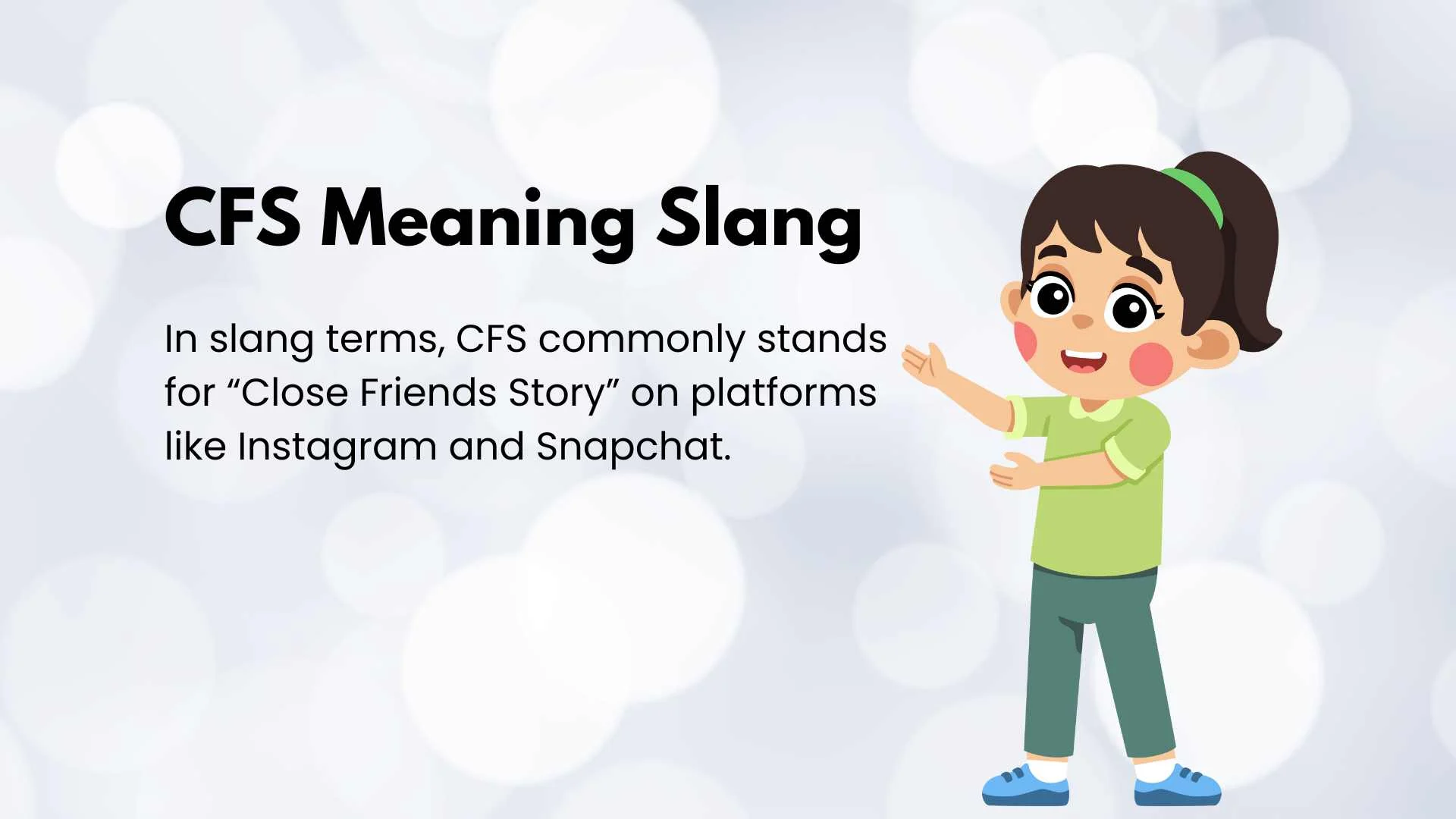In the fast-paced world of digital communication, acronyms and slang phrases pop up almost daily. If you’ve scrolled through Snapchat, Instagram, or TikTok lately, you’ve probably seen “ISTG” multiple times. But what does ISTG mean?
Rizz Line Generator
How should you use it in texts and chats? And what does it really convey in social media slang? This comprehensive guide will answer all your questions and help you understand this teen texting language in depth.
What Does ISTG Mean?

ISTG meaning is straightforward: it stands for “I swear to God.” This acronym is widely used by teens and young adults in text messaging, social media posts, and even casual speech to emphasize sincerity, frustration, or warning.
- Example in a text:
“ISTG, if you eat my leftovers again, I’m going to lose it!” - Tone: It can express anger, annoyance, or certainty.
ISTG is part of the broader world of internet slang, which includes acronyms like LOL, OMG, FR, and ONG. These are expressions of emotions condensed into easy-to-type letters for quick digital communication.
ISTG Acronym: How It Formed
Acronyms like ISTG are examples of acronym formation, where longer phrases are shortened for convenience and speed in texting.
- Original phrase: I swear to God
- Acronym: ISTG
This practice is common in teen texting behavior and reflects the ongoing generational language change in online slang trends. Teens use acronyms for emphasis, speed, and to show alignment with peers.
Related acronyms include:
- FR – For real
- ONG – On God
- ISTFG – I swear for fkg God
| Acronym | Meaning | Example Usage |
|---|---|---|
| ISTG | I swear to God | “ISTG, I didn’t touch your phone!” |
| FR | For real | “FR, that movie was amazing!” |
| ONG | On God | “I’m telling you ONG, it’s true!” |
| ISTFG | I swear for fkg God | “ISTFG, I’m done with this drama!” |
| GTS | Go to sleep | “GTS, it’s 2 AM!” |
ISTG Meaning in Texts and Chats

When used in texts and chats, ISTG often conveys strong emotion. It is usually paired with emojis in text to amplify tone.
- Situations for ISTG usage:
- Expressing frustration: “ISTG, my homework is impossible 😩”
- Emphasizing honesty: “ISTG, I didn’t tell anyone about your secret 🤫”
- Warning someone: “ISTG, don’t touch my stuff again 😡”
It’s important to understand contextual usage, because the same acronym can sound humorous, serious, or threatening depending on tone, platform, and recipient.
ISTG Meaning on Social Media
On platforms like Instagram, X (formerly Twitter), TikTok, and Snapchat, ISTG has slightly different nuances:
- Snapchat: Often paired with dramatic selfies or streak updates.
- TikTok: Used in captions or comments to express exaggerated emotions.
- Instagram & X: Common in memes, story captions, and comment sections to emphasize disbelief or certainty.
For instance, a TikTok caption might read:
“ISTG, if this trend doesn’t stop, I’m deleting my account 😭”
This is an example of social media slang evolving to combine emphasis/ intensifiers with colloquial language.
How to Use ISTG Correctly
Knowing how to use ISTG ensures your message conveys the right tone.
Tips for proper usage:
- Pair ISTG with context: frustration, anger, or emphasis.
- Add emojis to indicate tone: 😡, 😭, 🤯, 🤫.
- Avoid overusing ISTG; otherwise, it loses impact.
- Do not use ISTG in professional conversation etiquette or formal messages.
Example sentences:
- “ISTG, I didn’t cheat on the test!”
- “ISTG, if my favorite show gets canceled, I’ll cry 😭”
- “ISTG, you’re never going to believe what happened!”
By using ISTG thoughtfully, your digital communication remains clear and appropriate while maintaining a friendly, conversational tone.
How to Reply to ISTG
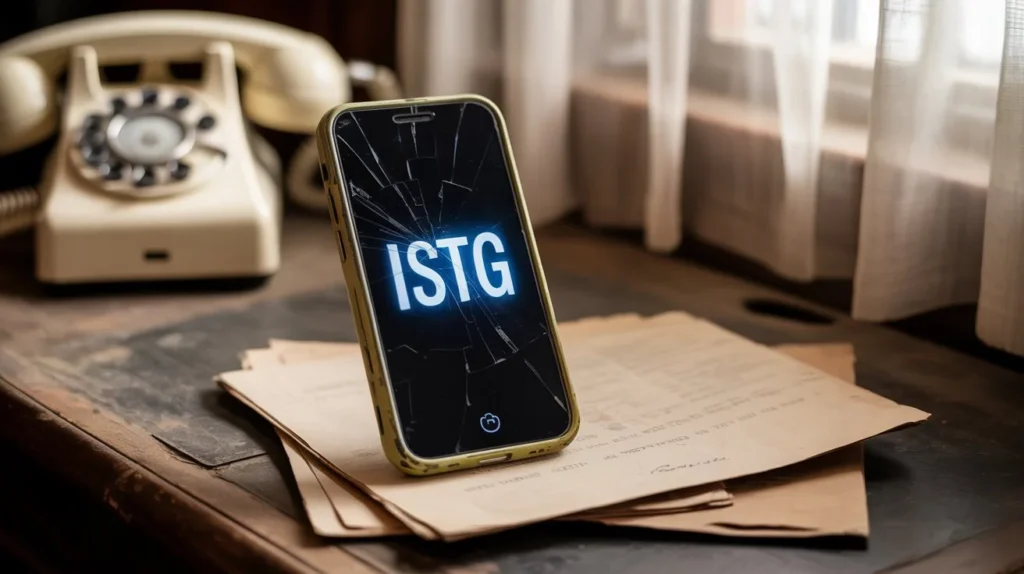
Responding to ISTG depends on context and your relationship with the sender:
- Agreeing/acknowledging:
“Okay, I believe you 😅” - Humorous reply:
“ISTG? Really? 😂” - Serious reply:
“Got it, I’ll be careful 😐”
This practice falls under replying to acronyms and requires understanding pragmatic inference, where you interpret the implied meaning, such as assurance, frustration, or threat.
When Should You Avoid Using ISTG?
ISTG is informal, so it’s not suitable for all situations:
- Professional emails or business chats: Using ISTG can appear unprofessional or disrespectful.
- With older or unfamiliar audiences: Misinterpretation is likely.
- Religious contexts: Some may find it offensive due to the invocation of “God.”
Always consider politeness and appropriateness before using slang in respectful communication.
Similar Slang Acronyms
Understanding similar slang acronyms helps in digital literacy and improves slang comprehension for parents.
| Acronym | Meaning | Usage Example |
|---|---|---|
| LOL | Laugh out loud | “LOL, that joke was hilarious” |
| OMG | Oh my God | “OMG, I can’t believe this happened!” |
| FR | For real | “FR, that movie was amazing!” |
| ONG | On God | “I’m telling you ONG, it’s true” |
| ISTFG | I swear for fkg God | “ISTFG, I can’t deal with this” |
Recognizing these acronyms helps with slang detection and semantic interpretation in teen texting language.
How Parents Can Spot ISTG and Other Slang
For parents, spotting ISTG usage is part of monitoring online activity and ensuring online safety for kids.
Tips for parents:
- Look for repeated acronyms in texts or social media posts.
- Observe emojis in text; these often indicate tone or emphasis.
- Use monitoring apps like Kids360 app to track online slang trends responsibly.
- Encourage open conversation instead of strict policing to build trust.
By understanding digital literacy and teen texting behavior, parents can protect children without invading privacy.
How to Talk to Your Kid About Slang
Having a conversation about slang phrases can prevent misunderstandings:
- Explain the meaning and context of acronyms like ISTG.
- Discuss appropriate situations for use.
- Highlight differences between casual text messaging and respectful communication.
- Encourage your child to ask about new online slang trends rather than assuming meanings.
Quote for parents:
“Understanding your child’s digital language is the first step toward safe online communication.”
Staying Up-to-Date with Slang While Protecting Kids
Digital slang evolves constantly. Staying updated ensures slang comprehension for parents and enhances online safety for kids:
- Follow reputable slang dictionaries and social media trend trackers.
- Observe emerging acronyms like ISTFG or GTS.
- Encourage children to discuss new terms in a safe environment.
- Balance awareness with trust to avoid overly restrictive monitoring.
This approach combines digital safeguarding with respectful communication, fostering healthy teen texting language.
ISTG FAQ
What does ISTG mean on Snapchat?
- On Snapchat, ISTG is often paired with streak updates, story captions, or messages to emphasize frustration or sincerity.
How do you use ISTG in a sentence?
- Examples:
- “ISTG, if you’re late again, I’m leaving without you.”
- “ISTG, that’s the funniest thing I’ve seen today 😂”
Can ISTG be considered offensive?
- While generally harmless, using ISTG in professional or religious contexts can offend due to the invocation of God.
What should I reply to ISTG?
- Responses vary: humor, acknowledgment, or seriousness depending on context.
Conclusion
Understanding ISTG meaning goes beyond simply knowing it stands for “I swear to God.” It involves recognizing contextual usage, tone, and emotional emphasis in texts and chats. Whether you’re a teen using acronyms for emphasis or a parent navigating teen texting behavior, this guide equips you with the knowledge to use ISTG thoughtfully.
By staying aware of similar slang acronyms, social media slang, and online safety practices, you can communicate effectively and responsibly in today’s digital communication landscape.
Remember: Mastering acronyms like ISTG is part of digital literacy—an essential skill for both teens and parents navigating the online world.

